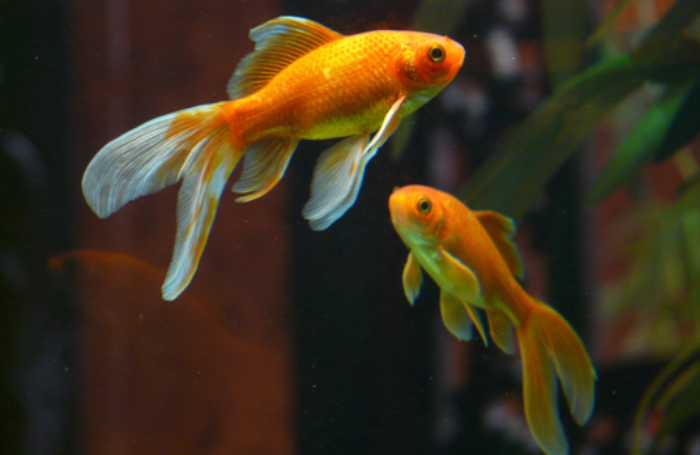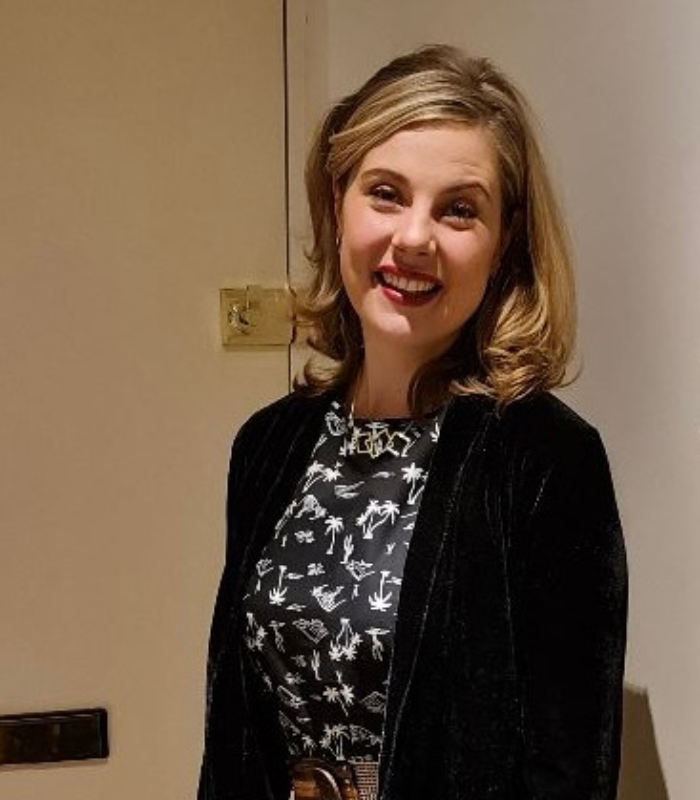The theme for UK Disability Month 2023 is disability, children and youth. This focuses on children and young people’s experiences of living with disabilities so that they "will not experience the social exclusion of stigma, stereotypes, negative attitudes and socially created barriers in the environment and the way things are organised."
I want to focus on the last part of that statement: "socially created barriers in the environment and the way things are organised". It speaks to the all-pervasiveness of barriers to access. This is found not only in our environment but in the very way that our norms, processes and agendas are structured – ‘the way things are organised’.
In this way, socially created barriers that disable are the ever-present background noise to the disabled individual. The impact on children and young people with disabilities and their capacity to flourish is significant and unacceptable.
The reference to the pervasiveness of barriers to access in the Disability History Month statement reminded me of a story that the writer David Foster Wallace told at a graduation ceremony (watch or listen to a video version or read the full speech).
"There are these two young fish swimming along and they happen to meet an older fish swimming the other way, who nods at them and says “Morning, boys. How’s the water?” And the two young fish swim on for a bit, and then eventually one of them looks over at the other and goes “What the hell is water?”
The point of the fish story is merely that the most obvious, important realities are often the ones that are hardest to see and talk about."
While Foster Wallace used the water metaphor to make a different point, I believe one’s individual privilege can be likened to the water those two young fish swim in. And the more privilege you have, the less likely you might be aware you’re swimming in it.

The ways things are organised – social and environmental barriers, the differential distribution of privilege and power - often inform those realities that are the hardest to see and talk about.
To notice the water, so to speak, sometimes requires a radical shift of perspective and/or experience. I’d like to share mine with you.
Growing up and later as an undergraduate student, I was not disabled. The main campus of the university I attended is built up against the backside of a mountain.
Other campuses are scattered across the city centre, and often lectures are held on different campuses. This means that on a given day, a student might need to walk (or run) up and down a literal mountainside or commute across the city to attend their classes.
As a young and fit, non-disabled person, I relished the physical demands of climbing endless staircases and walking many miles. I was swimming away, clueless, in the proverbial water that was the built environment of my place of learning.
When I returned to the university after completing my undergraduate studies a few years later, I rapidly and alarmingly realised I was no longer swimming. I was suddenly very, very aware of the water, and it felt a lot like drowning.
Due to accidental lead poisoning, I had suffered extensive nerve damage which affected my ability to walk and use my hands. Returning to the campus after physical rehabilitation was like returning to a different university.
Suddenly there were stairs everywhere. Class scheduling, which once was a source of mild adrenaline as I sprinted from one lecture to another, now became a serious barrier to me attending lessons at all. This was well before the advent of lecture capture technology. If you missed a class or part of it, that was it. Many of my lecturers, at the time, did not use any slides or visual presentation aids.
Very quickly I realised that my ability to learn – and in fact, to do anything – depended entirely on the individual kindness of others and that the "way things were organised" was not meant for me.
Indeed, it soon became clear that anyone who did not conform to the narrow vision of the ‘ideal student’ - white, cis-hetero, non-disabled and male – was not meant for these waters.
For example, a student movement to remove the statue of colonialist, Cecil Rhodes, occurred during the time I returned to campus. This movement drew attention to the existence of a different kind of water, in this case, the latent colonial violence embedded in the built environment of the university.
This is all to say that architecture and the built environment more broadly, play a crucial role in including or excluding people from certain spaces. In terms of UK Disability History Month’s focus, the built environment can enable or disable children and young people in their places of learning.
At its best, architecture can be and often is, a force for societal change. In this way, architecture and the built environment are integral to providing the freedoms that individuals need to flourish in particular ways, especially for children and young people who live in more than one dimension of difference.
A society committed to the flourishing of all people would, in some ways, look very different from our present-day society. It would be one where every building is an opportunity for a person to revel in the values of life, bodily health and bodily integrity. But, it would also be a site for the flourishing of our senses, imagination, thought and the freedom to have control over our own environment – for the capacity for each person to choose.
Such a society is one that actively removes "the social exclusion of stigma, stereotypes, negative attitudes and socially created barriers in the environment" for all persons, especially disabled children and the young.
An inclusive and enabling architecture and built environment are therefore crucial in creating such a society committed to human flourishing, and a world in which every child is swimming rather than drowning.
About the author

Lienkie Diedericks is an Inclusion and Diversity Specialist at RIBA. Before this, Lienkie completed a PhD on tuberculosis as the physical and social embodiment of South Africa's colonial/apartheid history at King's College London.
While completing her PhD, she also worked as a Disability Project Officer at King’s, first for the Centre for Doctoral Studies and then the central EDI Team.









